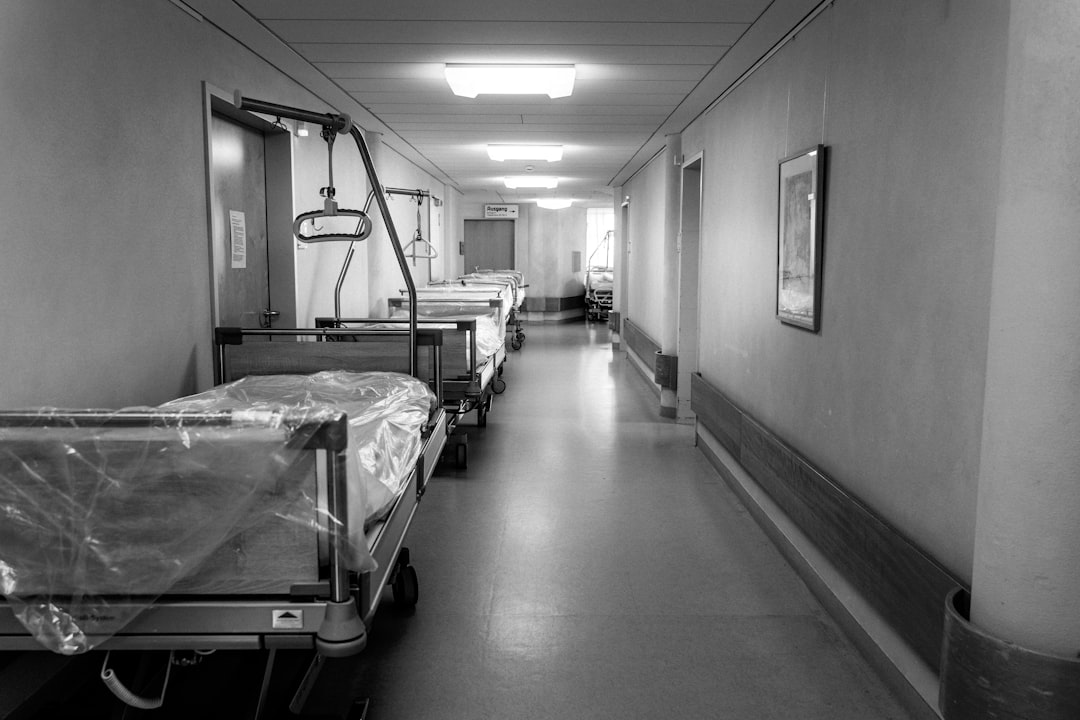A Shocking Surge in Closures (Image Credits: Unsplash)
In the fading light of a crisp autumn afternoon, empty parking lots stretch out like forgotten promises in small towns across the Midwest, where the hum of daily life once centered around these vital community anchors.
A Shocking Surge in Closures
Over the past decade, more than 140 rural hospitals have shuttered their doors, leaving behind a trail of uncertainty for millions. This isn’t just a numbers game; it’s a human story of families scrambling for care miles away. Recent reports highlight how these closures accelerate, with financial pressures mounting faster than ever in 2025.
Experts point to a mix of low patient volumes and rising costs as the culprits. In states like Kansas and Oklahoma, closures have spiked, forcing ambulances to travel longer routes during emergencies. One study from the National Bureau of Economic Research found that mortality rates in affected areas climb by nearly 6 percent after a hospital closes, underscoring the life-or-death stakes.
The Ripple Effects on Daily Health Access
Imagine needing a routine checkup but facing a two-hour drive instead. That’s the new reality for many in rural America, where hospital closures strip away not just beds but entire networks of preventive services. A GAO report details how residents in closure zones see reduced inpatient and outpatient care, hitting Medicare patients hardest.
Communities of color often bear the brunt, with disparities widening as travel barriers mount. Programs like telehealth have helped some, but they can’t replace hands-on care for everything from maternity services to chronic disease management. As one analysis notes, these gaps foster a cycle of delayed treatment that burdens local economies too.
Economic Fallout in Small Towns
Hospitals aren’t just medical hubs; they’re job engines in rural areas, employing hundreds and supporting local businesses. When one closes, it’s like pulling a thread that unravels the whole fabric. Data from the American Hospital Association shows that closures threaten thousands of positions, from nurses to cafeteria staff, pushing unemployment higher in already struggling regions.
The knock-on effects hit suppliers and shops hard, creating a domino of financial strain. In the South, where closures cluster, towns report slower growth and declining property values. Yet, innovative models like global budgets for rural facilities offer glimmers of hope, aiming to stabilize these pillars before more fall.
Who Suffers the Most?
Vulnerable groups face the steepest climb. Seniors, low-income families, and those with ongoing health needs find themselves isolated when the nearest ER vanishes. A PMC study reveals that minoritized populations in rural settings see worse outcomes post-closure, amplifying existing inequities.
Children aren’t spared either; pediatric services often evaporate, leading to higher emergency transports. Policymakers are eyeing relief like the Rural Hospital Emergency Program, but implementation lags. For now, families adapt with virtual visits, though nothing beats local expertise.
Looking Ahead: Policy Fixes on the Horizon
Government initiatives could stem the tide. The Global Budget Demonstration for Rural Hospitals promises steady funding to weather storms, while telehealth expansions bridge gaps. Still, with 300 hospitals teetering in 2025 alone, urgency defines the conversation.
States are piloting partnerships, blending public aid with private ventures to keep doors open. Success stories from Colorado show how targeted investments preserve care without breaking banks. The key? Acting before the next wave hits, ensuring rural voices shape the solutions.
Broader Social Strains Emerging
Beyond health, these closures stir deeper community shifts. Economic dips can strain social services, indirectly fueling issues like substance abuse or family stress in isolated areas. While direct links vary, patterns from past closures suggest tighter-knit towns fray at the edges without their health safety nets.
Local leaders push for holistic support, from workforce training to broadband boosts for remote care. As one expert panel discussed, policy tweaks must address root causes like reimbursement cuts to prevent a full unraveling.
Key Takeaways
- Closures have risen sharply, with over 140 since 2010 and 700 more at risk today.
- Mortality jumps nearly 6% in affected areas, hitting vulnerable groups hardest.
- Policy tools like global budgets and telehealth offer paths to stability, but action is needed now.
As rural America grapples with this unfolding challenge, the true cost reveals itself in quieter moments – the delayed diagnoses, the longer drives, the fading sense of security. What’s clear is that ignoring it risks eroding the backbone of our nation. What steps do you think could turn this around? Share your thoughts in the comments.






